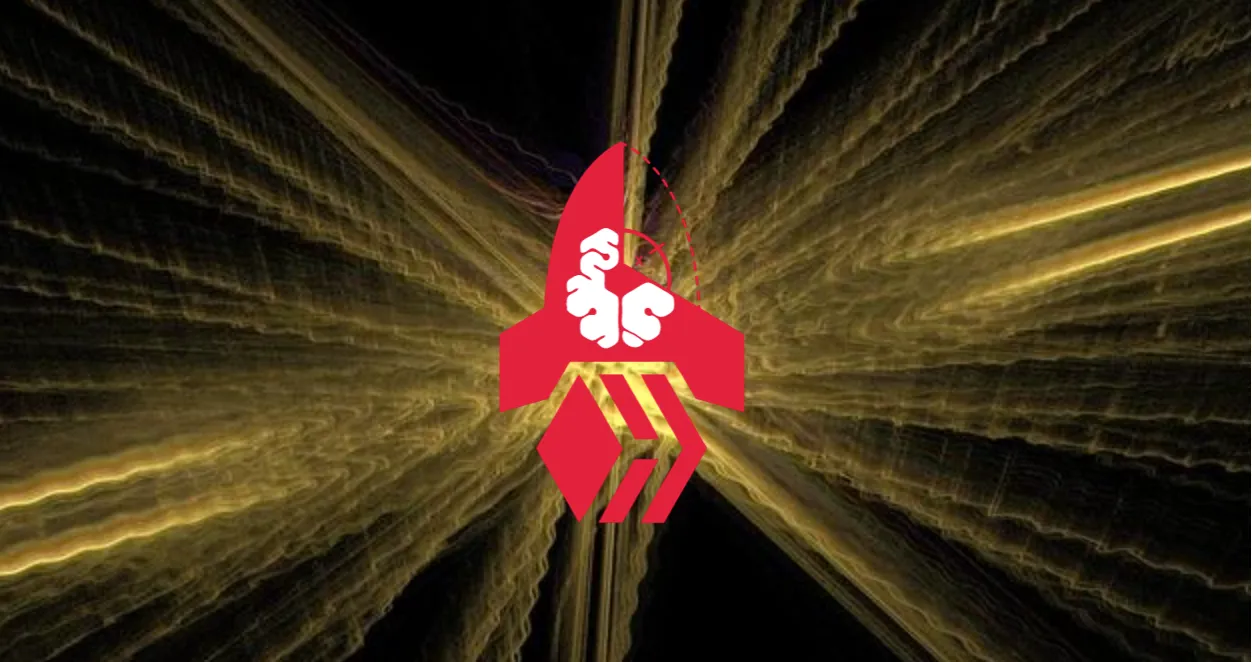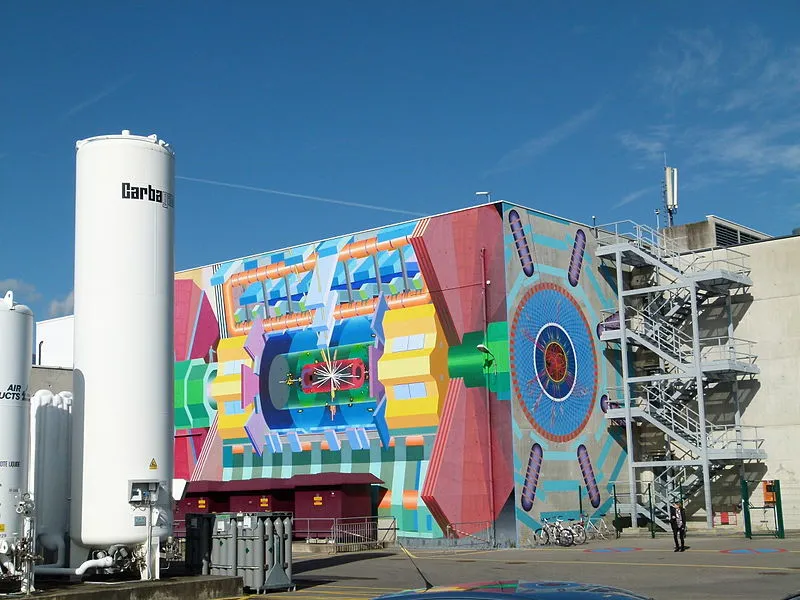I am not a big fan of writing about me line after line. However, I must agree that @anomadsoul is right. The Hive blockchain formally does not know me as it only started a couple of weeks ago. Therefore, I decided to jump in and write this introduction, participating hence to the challenge sponsored by @ocdb and @blocktrades.
In the following, I will first talk a little about myself, CERN and Sorbonne, as well as about what I do day after day, night after night (i.e. physics, physics and physics). The second part of the post is dedicated to the SteemSTEM project that I co-founded more than 3 years ago and that has been recently rebranded as STEMsocial with the move to Hive.
Before going further, let me emphasise that there is some connection between this chain and CERN: Steem was brought, a few years ago, to the Large Hadron Collider, i.e. more than 100 meters underground inside the largest apparatus ever built by humans (see here). We could organise this for Hive for sure (I will even be pleased to do so), but only once the COVID will allow us to travel there (and if there is a demand of course).

15 years of particle physics with @lemouth
So what to say about me? Well, my name is Benjamin, known as Le Mouth in real life for more than a decade, and as @lemouth on the chain for almost 4 years. I am researcher in theoretical particle physics. Focusing on the last 10 years only, I have worked in the theory division at CERN in 2012-2014, before moving to Sorbonne University in Paris in 2015 (after spending half a year in Strasbourg in between). Now one can get the title of the post right :)
My research topic concerns the understanding of any phenomena beyond those predicted by the Standard Model of particle physics, and how to hunt these phenomena down at colliders such as the Large Hadron Collider (the LHC) at CERN or through cosmological observations (e.g. through dark matter searches). I also dedicate a significant fraction of my time to develop computer tools for high energy physics. For instance, I am deeply involved in packages that allow one to simulate LHC collisions in the context of any model of physics and to confront the associated predictions to (real or simulated) data.
This blog consequently reflects cutting-edge research activities in particle physics and cosmology. Whilst my time is quite limited, I try to write 2-3 times a month.
First, I write about my own research work. For instance, one of my latest posts discussed state-of-the-art calculations for leptoquark production at the LHC. Please click on the link for more information on those beasts. Second, I also write about interesting and exciting publications, from known and unknown colleagues, on collider physics or dark matter. For instance, in this recent post, I explained how dark matter could be connected to the rise of temperature of our planet.
I would like to emphasise that the topics I choose to discuss are rarely discussed anywhere else online, making this blog fully original in terms of content. Moreover, I discuss science from the point of view of a scientist working in the field. This may contrast with other scientific blogs on other platforms that share the opinion of some journalists reporting what has been learned from other sources.
This is actually what we want to build on Hive within the STEMsocial project, formerly known as SteemSTEM: a science communication medium on Hive!

[image credits: Brücke-Osteuropa (CC0 1.0) ]
Towards science communication on Hive
Science communication is vital, everywhere in the world. This consists in the key focus of the STEMsocial project, that is nothing but the rebranded good old SteemSTEM project.
We began in September 2016 as a small group dedicated to improving the quality of STEM (science, technology, engineering & mathematics) content on Steem. As things unfolded, we moved further and realised that we could do more than simply curating some niche topics. This is the potential that we want to exploit on Hive today.
More into details, those with the greatest knowledge of any STEM subject (researchers actively involved in groundbreaking research as well as passionate hobbyists) lack incentive to communicate their work to mainstream audiences. This leaves the majority of scientific reporting to journalists, so that only the most positive, groundbreaking and bizarre stories get heard. We would like to provide a space where both experts and passionate STEM bloggers can freely distribute their knowledge in a social media environment that actively promotes and rewards honest, reliable and high-quality content.
To reach our goals, we are developing an app (stem.openhive.network), deployed a witness (@stem.witness) and have so far organised two meetups in crazy places (CERN and Virgo labs). In a hopefully close future, we will be able to start targeting the class of people we want to on-board. We will have however to wait for some MVP of our ‘product’ to be deployed.
To know more about STEMsocial, please wait for dedicated posts from the main project account in a couple of days. I would however like to emphasise that we are always open to help and advices, as well as support (under any form; please contact me or @mobbs to freely chat about it).

[image credits:@glass.wolf ]
And now, the future!
Hive is new, Hive is fresh.
I plan to continue my work here, both around my blog (as much as I can, the next post will be about some universal framework to simulate dark matter production at the LHC) and for STEMsocial. I am in particular quite motivated to develop the app further, hopefully a little bit faster as the current pace. I recall that this consists in my hobby and I have very little time for hobbies…
